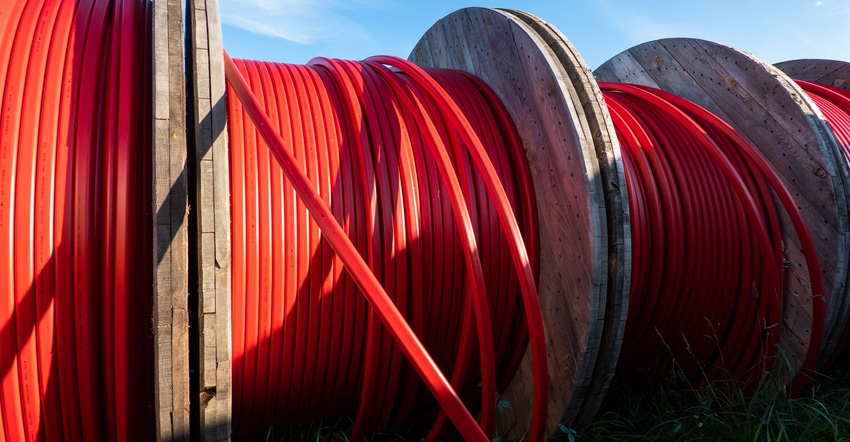October 30, 2020

In less than a two-week period this month, the Trump administration has announced nearly $400 million in loans and grants to provide broadband service to underserved and unserved areas in more than a dozen states.
I started keeping track of the USDA news releases in mid-October after I received eight of them in two days.
I suppose it’s better late than never. A total of $550 million was announced last December by USDA to be allocated through the second round of the Rural Development’s Reconnect Program. In 2018, Congress passed the Consolidated Appropriations Act, which established the ReConnect Program and appropriated $600 million. The funds, according to the USDA, were to be used on “an expedited basis.”
I’d say spending $400 million in two weeks is expedited.
In round one of ReConnect, USDA invested $698 million to bring high-speed broadband to rural America.
Federal investment in our country’s connectivity has been happening for more than a decade. The previous White House administration in 2009 signed into law a stimulus package that included $7.2 billion for broadband grant and loan programs. The bulk of that money, $4.7 billion, was distributed through a program run by the Commerce Department, with the remaining $2.5 billion distributed by USDA.
On one hand, I am glad to see broadband investment picking up speed. On the other, why is it taking so long?
I recall some discussion and disagreement several years ago at the state level about how to build an internet highway. A state broadband report outlined goals and costs. Some lawmakers balked at the costs and said we should pursue other ways to connect, such as expanding wireless systems.
That said, a recent article on the far-flung capabilities of wireless in Time magazine caught my attention. According to the story, NASA and Nokia are going to build a 4G network on the moon. Scientists in Saudi Arabia have developed a wireless data connection that uses lasers and works underwater. A French wireless network company was used in the Antarctic to help researchers keep track of each other — and this was back in 2016. And a decade ago, a Nepal-based telecommunications company installed a 3G system at Mount Everest’s base camp to provide internet access at the mountain’s summit.
Minnesota started investing in broadband with the Border-to-Border Broadband Development Grant Program that was created in 2014. During the 2019 legislative session, $20 million was appropriated for each of the next two years.
According to BroadbandNow, a national broadband information site, Minnesota is the 20th most well-connected state in the nation. The best coverage is found in clusters of counties toward the northwest, the southeast and the eastern-most tip of the state.
Nice to know Minnesota is still above average.
You May Also Like




